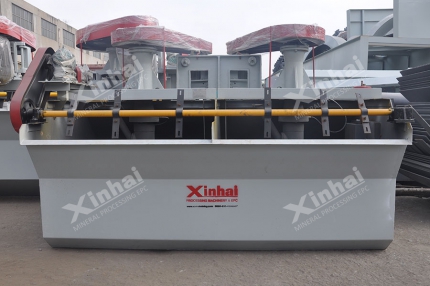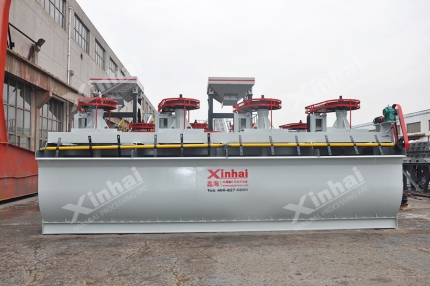Bauxite serves as the primary raw material for global metallic aluminum
production, accounting for over 90% of total usage. Based on its core
composition, bauxite is classified into three main types:
high-alumina,high-iron, and high-silica varieties. Among these, high-silica
bauxite presents unique technical hurdles due to its elevated reactive silica
content—typically exceeding 8% of the ore's total weight.
Countries such as China, India, and Indonesia, which boast substantial
reserves of high-silica bauxite, face significant challenges when applying the
traditional Bayer process. This method not only demands excessive caustic soda
consumption but also triggers the formation of insoluble by-products like sodium
garnet. Such compounds severely impair alumina recovery rates, leading to
substantial resource losses.
So, how to extract aluminum from high-silica bauxite? This article breaks
down three optimized beneficiation methods, detailing their operational steps
and ideal applications.
3 Efficient Bauxite Ore Beneficiation Processes
The key to efficient bauxite ore beneficiation lies in the removal of excess
silicon dioxide (SiO₂) and the selection of an appropriate extraction route.
Depending on the SiO₂ content in the ore, the following three bauxite ore
processing flowsheets are widely adopted.
Use the table of contents below to navigate through the guide:
01Modified Bayer Process For High-Silica Bauxite
(Ideal For
medium-to-low iron, high-silica bauxite ores)
Applicable Ore Conditions:
Al₂O₃≥45%
SiO₂≥ 8%
A/S (Al₂O₃/SiO₂) < 6
Dominant minerals: diaspore with minor boehmite, quartz, illite, and
sericite
Bauxite Ore Beneficiation Process:
(1) Ore Preparation: The bauxite ore is crushed and ground
using a ball mill machine to 80% passing 0.074 mm, freeing the aluminum-bearing
phases.
(2) Alkaline Desilication (Pretreatment): The slurry reacts
with NaOH (100–120 g/L) at 95-110°C for 12 hours. Reactive silica dissolves into
Na₂SiO₃, achieving silica removal from bauxite ore.
(3) Solid-Liquid Separation: Filtration removes the
desilicated residue, improving leach solution quality.
(4) High-Temperature Bayer Leaching:Using concentrated NaOH
(180-220 g/L), leach at 140-160°C under 0.6-1.0 MPa for 2-4 hours to form sodium
aluminate.
(5) Red Mud Settling: Add flocculant powder (PAM) to settle
impurities. Red mud is dewatered and may be repurposed.
(6) Al(OH)₃ Precipitation: Cool solution to 60-80°C and seed
with Al(OH)₃ for precipitation.
(7) Calcination: Dry and calcine the Al(OH)₃ at 1050-1100°C
for 12 hours to obtain alumina (Al₂O₃).
This modified Bayer process for high-silica bauxite minimizes the drawbacks
of traditional routes, enabling more efficient aluminum extraction from
bauxite.
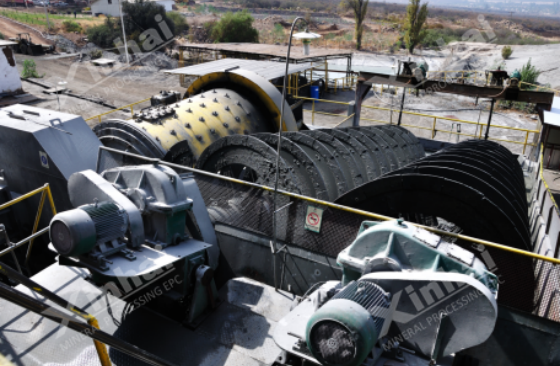
02Sintering Process
(Suitable for refractory high-iron, high-silica
bauxite ores)
Applicable Ore Conditions:
Al2O3≥50%
SiO2= 10-15%
Fe2O3> 15%
High contents of illite, chlorite; uneconomical via Bayer process
Bauxite Ore Processing Steps:
(1) Crushing & Mixing: Grind ore to≤0.5 mm and mix with
lime and soda ash. Adjust Na2O/Al2O3 molar ratio to 1.1-1.3.
(2) Sintering: Roast in a rotary kiln at 1250-1350℃for 1.5
hours. This forms soluble sodium aluminate and insoluble calcium silicate.
(3) Cooling & Grinding: Cool and grind sintered blocks
to 90% passing 0.074 mm.
(4) Alkaline Leaching: Leach in hot water (90–100℃) for 2-3
hours to extract sodium aluminate.
(5) Separation, Precipitation & Calcination: Perform
filtration, Al(OH)3precipitation, and final calcination—mirroring steps in the
Bayer process.
This bauxite ore beneficiation process is particularly useful when dealing
with high-iron, high-silica ores that cannot be treated economically by
conventional means.
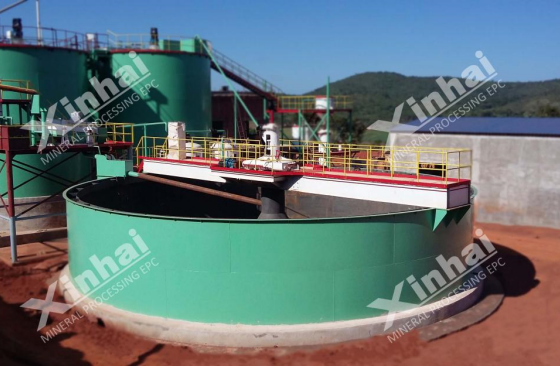
03Acid Leaching of High-Silica Bauxite
(Recommended for medium-grade,
high-silica bauxite ores with by-product value)
Applicable Ore Conditions:
Al2O3≥40%
SiO2≥10%
Potential to recover by-products (e.g., silica gel, iron salts)
High-Silica Bauxite Beneficiation Process:
(1) Ore Grinding: Crush and grind to D90 < 0.074 mm (200
mesh). Slurry is prepared for leaching.
(2) Acid Leaching: React with 10-15% HCl or H2SO4 at 95℃for
2-4 hours. Al dissolves as Al3+; silica precipitates as gel.
(3) Solid-Liquid Separation: Cool and dilute the solution.
Add PAM flocculant and filter using press or ceramic vacuum filters.
(4) Al(OH)3 Recovery & Calcination: Precipitate and
calcine Al(OH)3 at 1050-1100℃for 2 hours to yield high-purity alumina.
(5) Acid Recovery: Neutralize and recycle acid via
multi-effect evaporation or ion exchange, enabling a closed-loop system.
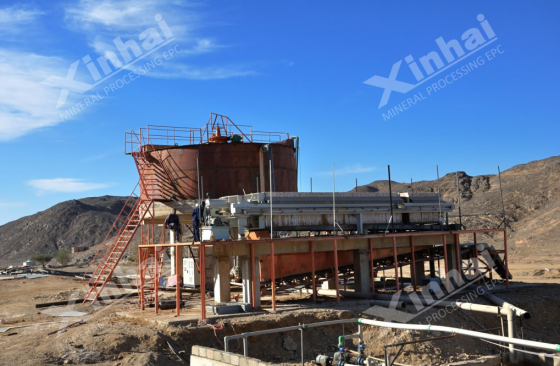
Conclusion
The above three processes are all applicable to the aluminum extraction
treatment of high silica bauxite, but in actual operation, it is necessary to
combine with the specific composition of the raw ore, geographic environment,
and the project objectives of a comprehensive analysis, to develop a scientific
and feasible solution. Xinhai Mining always insists that "there is no identical
mine in the world", and we believe that every mine should have its own
customized process and equipment configuration. If you are looking for a more
suitable solution for your mine, or want to know about related mineral
processing equipment, welcome to contact us. Xinhai is willing to work with you
to promote the efficient and green development of the project.


 marketing@ytxinhai.com
marketing@ytxinhai.com  0086 13810327080
0086 13810327080 
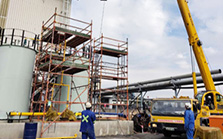

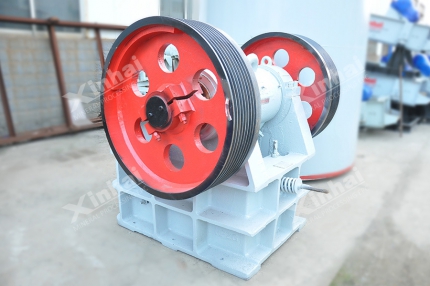

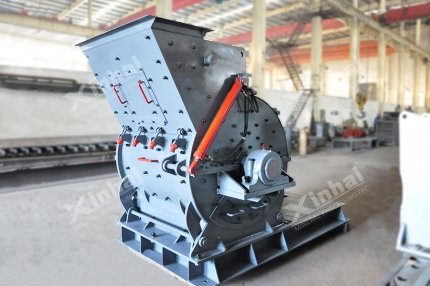
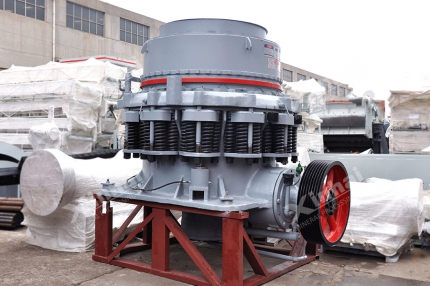

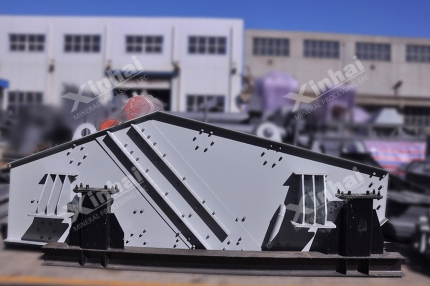
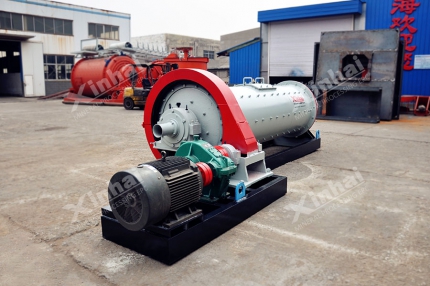
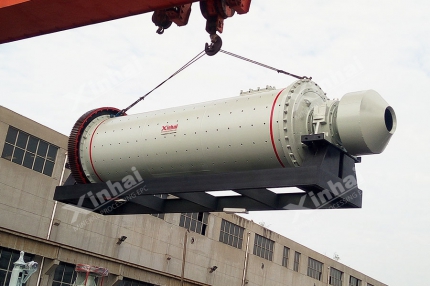
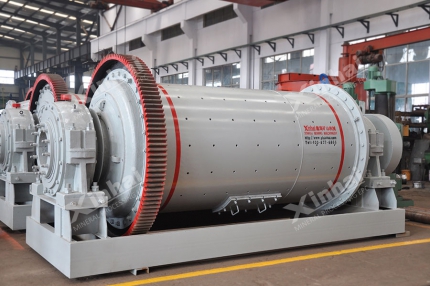
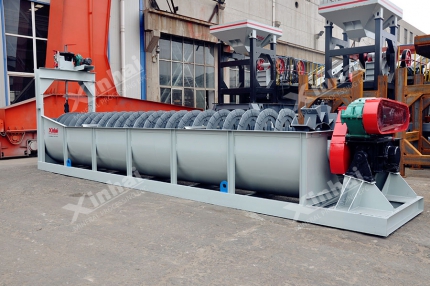
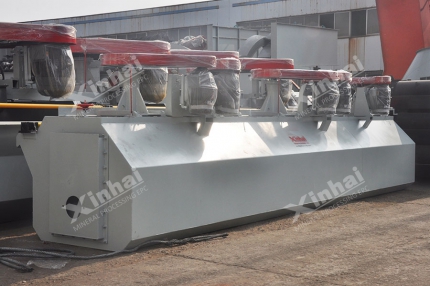
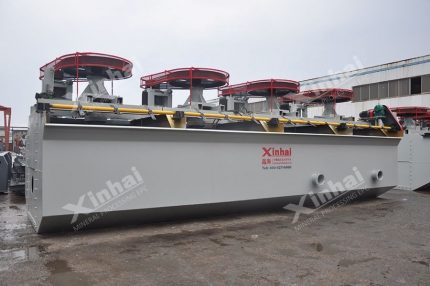
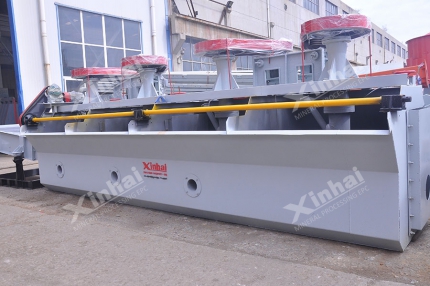
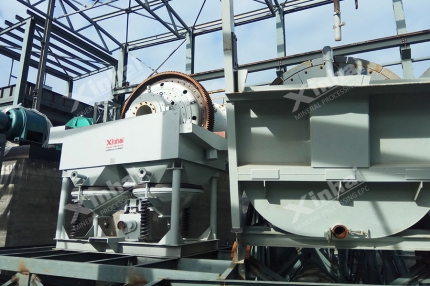
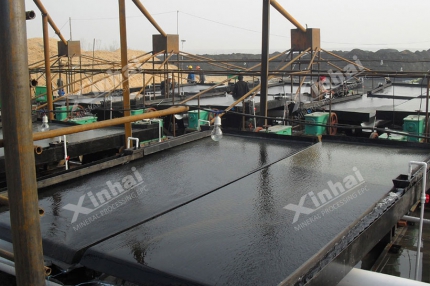
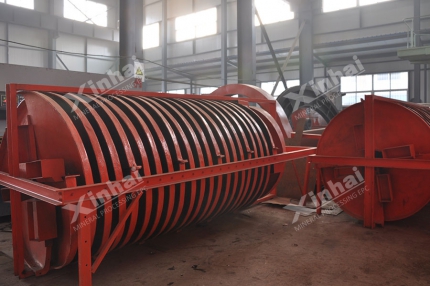

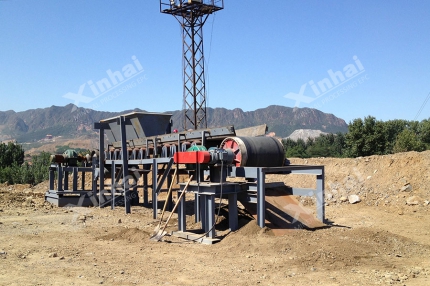
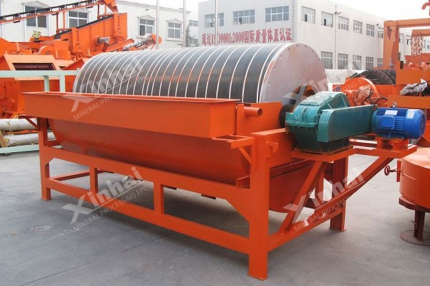
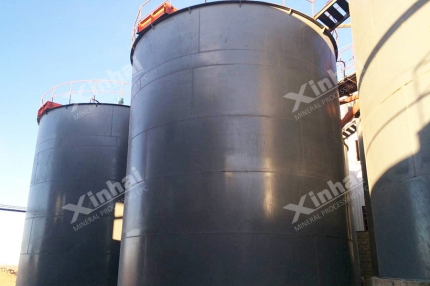
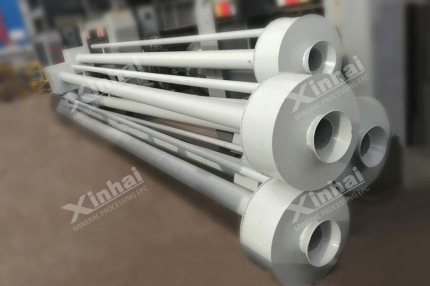
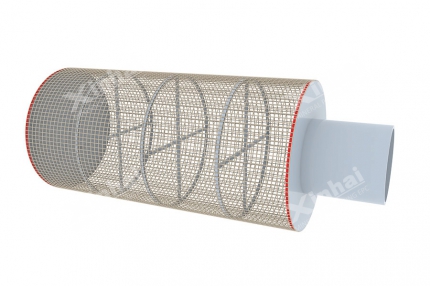
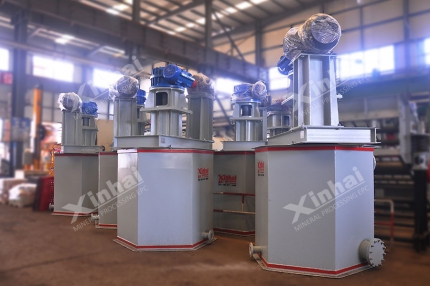
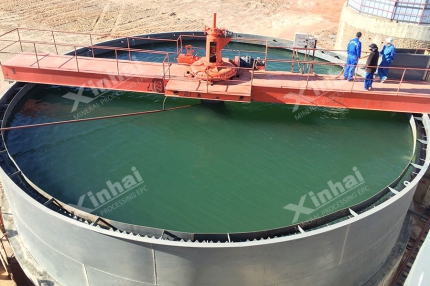
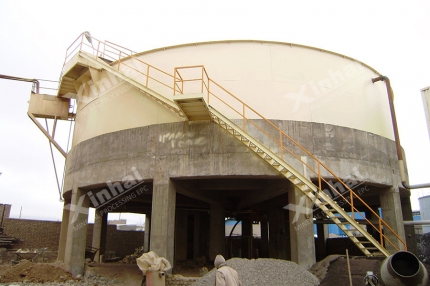

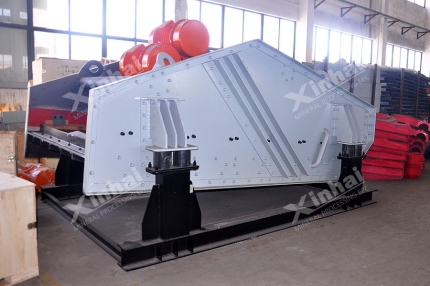
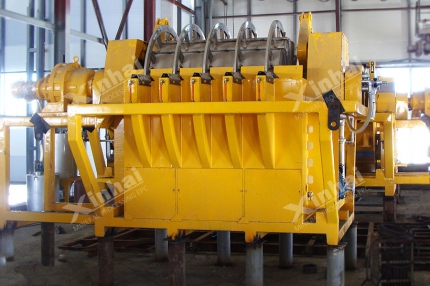
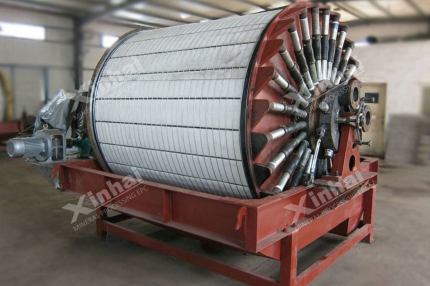
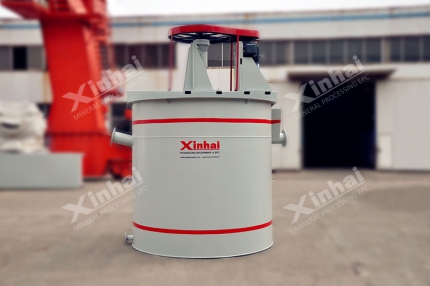
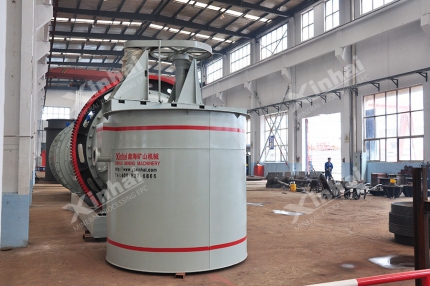


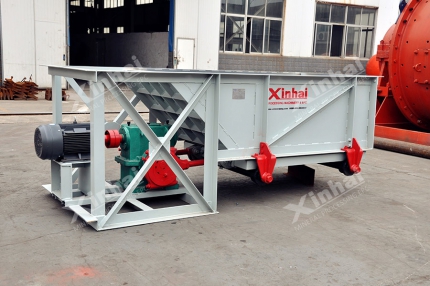
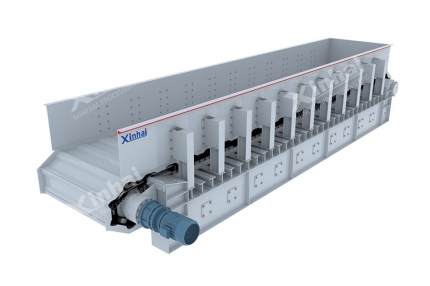
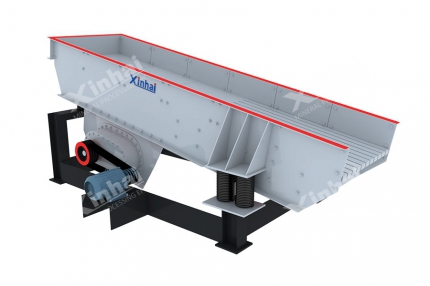

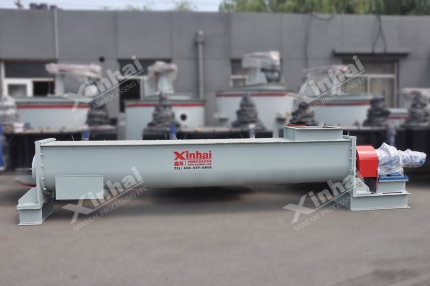
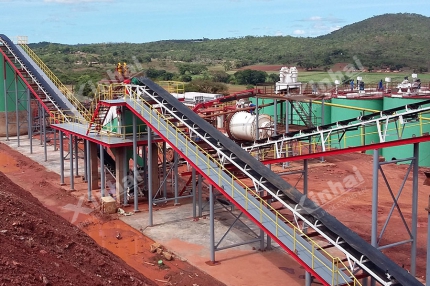
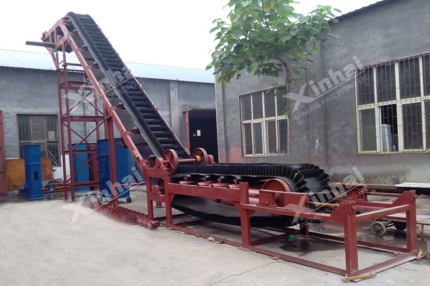
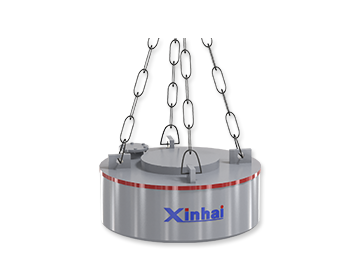
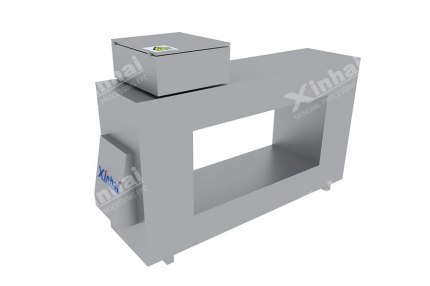
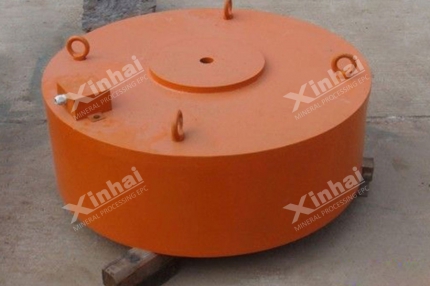
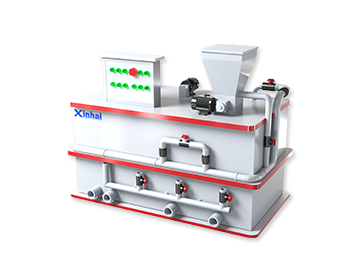
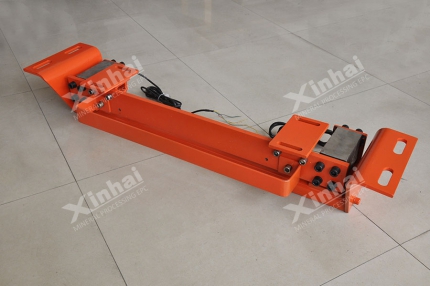
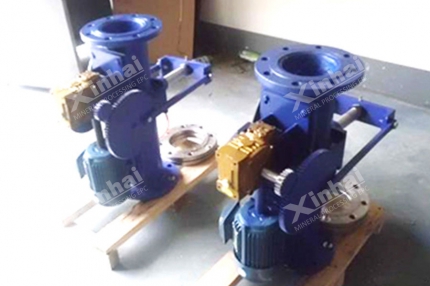
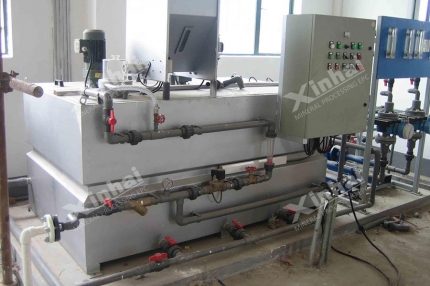
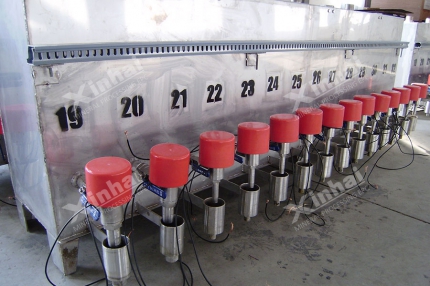
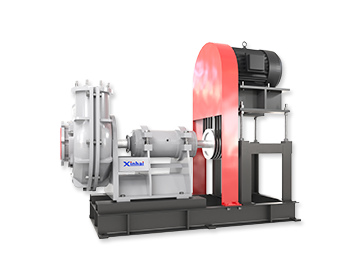
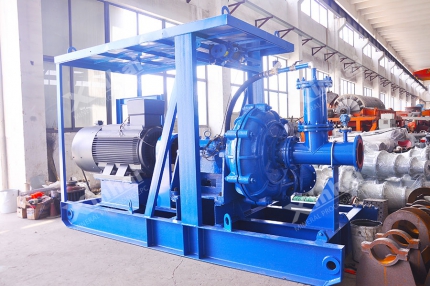
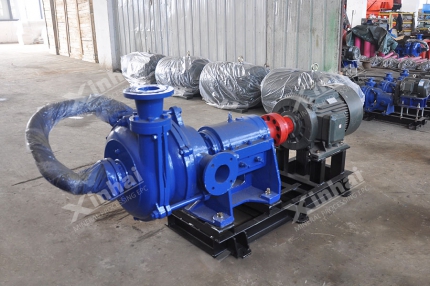
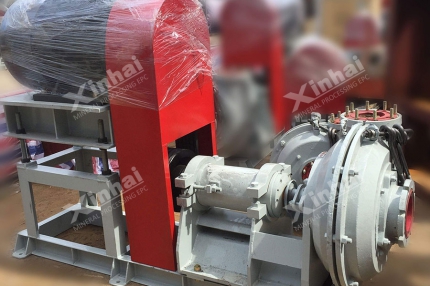
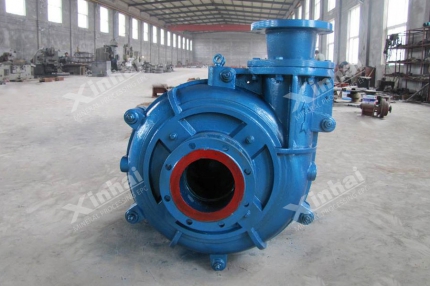
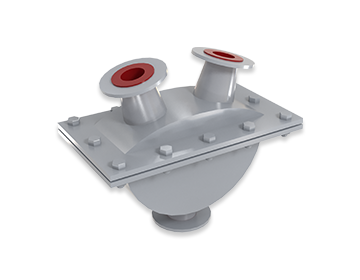
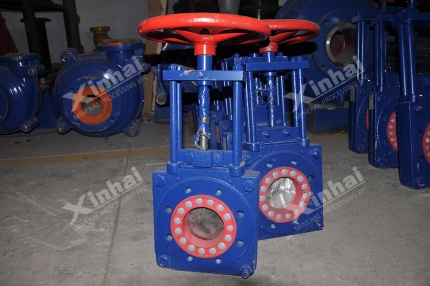
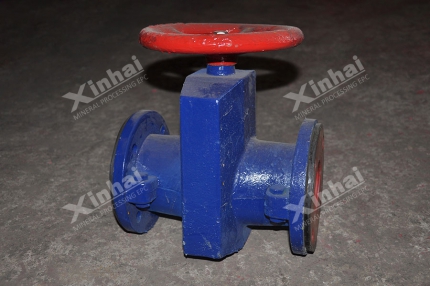
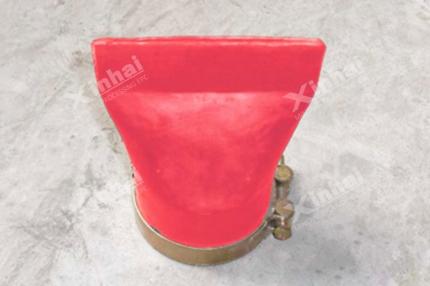
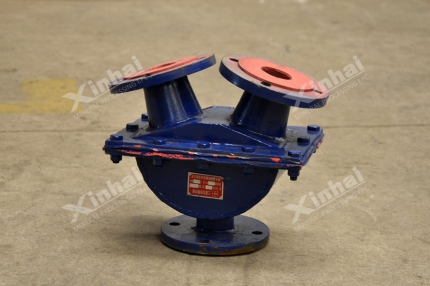

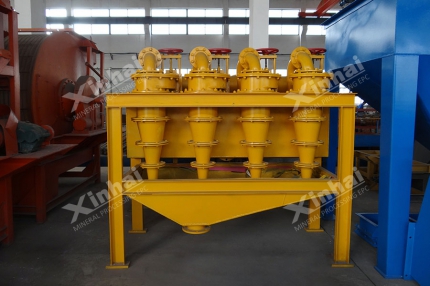
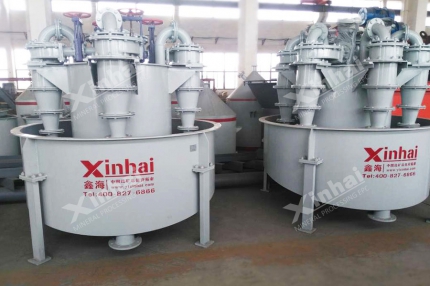
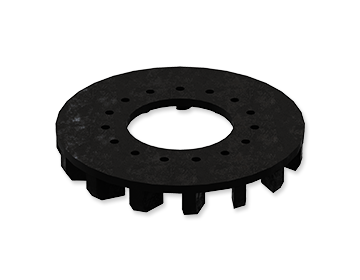
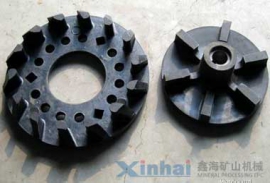
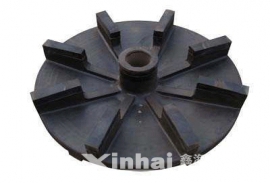
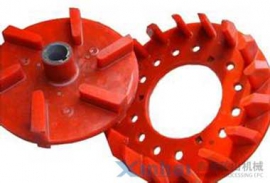

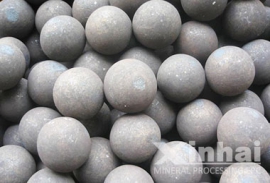
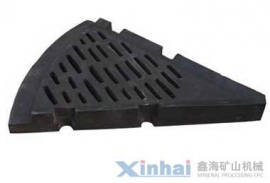
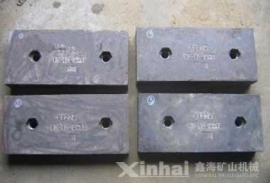
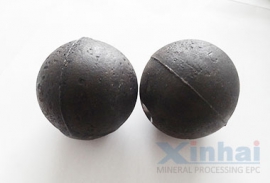



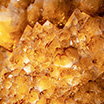


 CHAT
CHAT MESSAGE
MESSAGE



